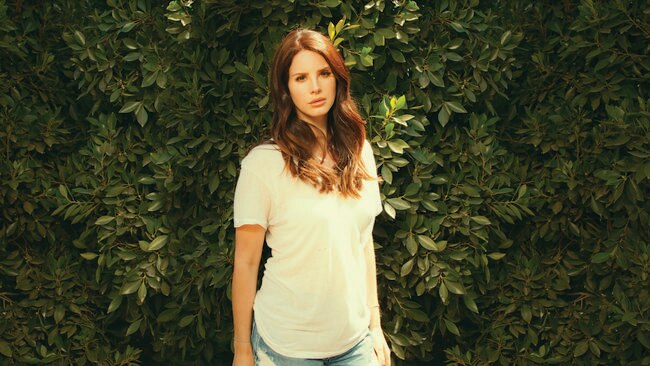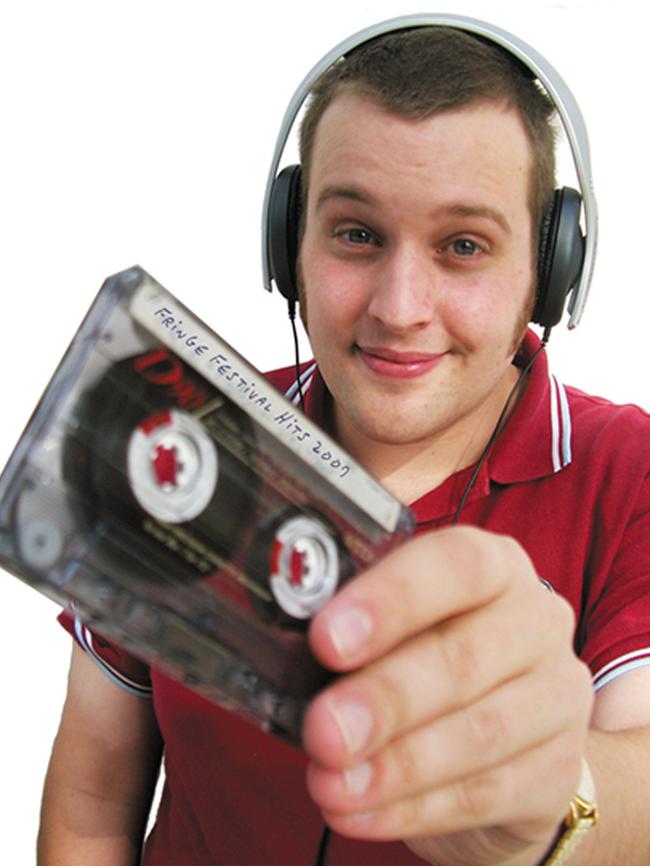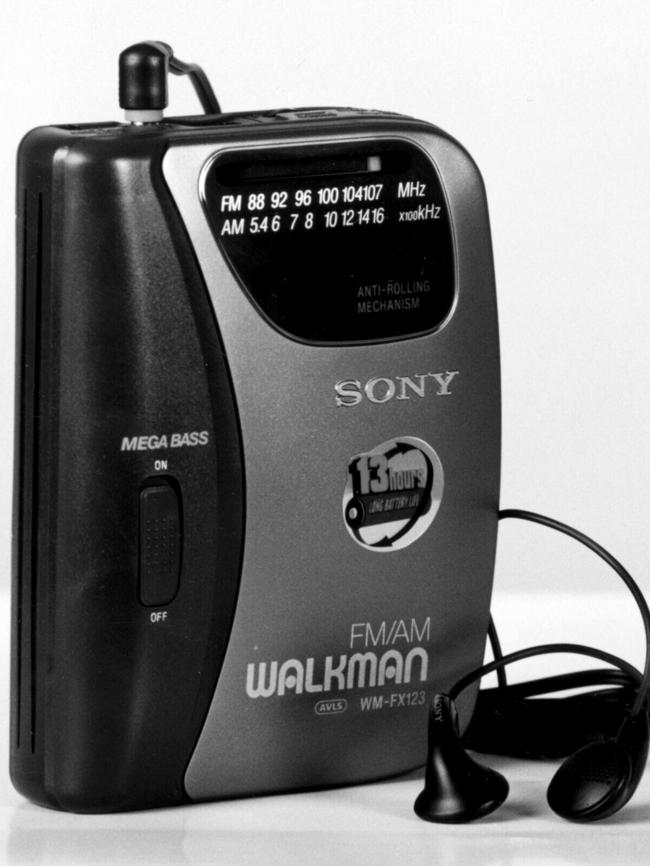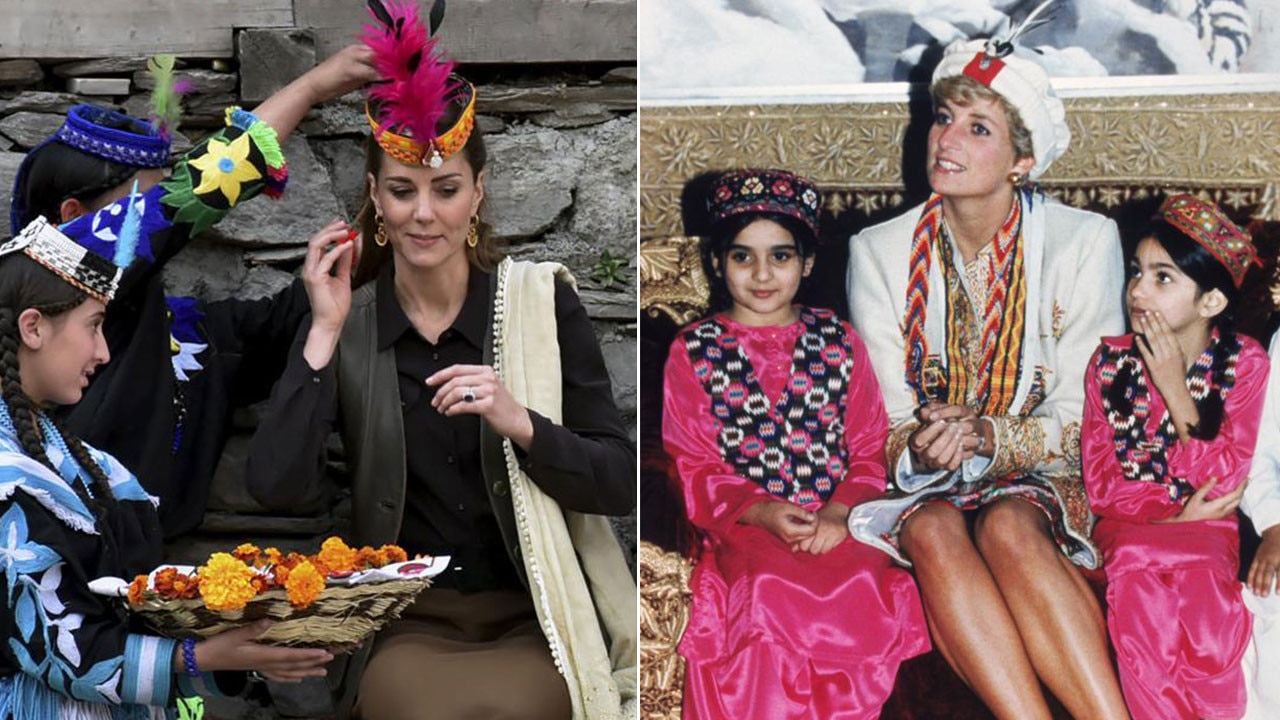Millennials rewind to the 1980s as cassette sales soar
They might unspool and jam up machines but the humble music cassette is back decades after it was left for dead by the CD.

They sound thin, unspool all too easily and jam up machines. Yet the humble music cassette is back at the forefront of American pop music culture — decades after it was left for dead by the compact disc.
Sales of music tapes are rising so quickly that the Recording Industry Association of America (RIAA), which certifies gold and platinum records, is pondering ways to track sales numbers for the first time since the early 1990s.

Until now they have been tough to track through formal retail measures.
The boxed tapes have been revived by “underground” music acts and are largely being traded between fashionably minded college students.
Now more mainstream acts, such as the New York torch singer Lana Del Rey, are issuing their latest albums on cassette.
However, the alternative appeal of the format is being maintained, with the products released not through the few remaining music chains that offer CDs to the public but through clothing retailers such as Urban Outfitters.
The British singer Marina and the Diamonds released her last album, Froot, on cassette, a format suited to her 1980s style. Hypnohouse Trax, a UK dance music label, has put its “greatest hits” on tape.
Tapes are following in the wake of vinyl records. In the first six months of last year Americans bought 9 million records, compared with 14 million in the whole of the previous year — the highest number since 1989, when cassette sales also peaked.

While remastered vinyl records sell for up to $US30, however, Del Rey’s Honeymoon retails on tape for $US14 and new cassettes by punk and experimental music bands trade for about $US5.
They are bought largely by Millennials — those born between 1980 and 2000 — who buy second-hand cassette players and copy albums to play through their computers. There are also baby-boomers who acquire complete collections.
Which poses the question: why?
“Music just sounds different on tape, sometimes as it was originally intended to sound,” said Lee Rickard, 32, co-founder of Burger Records, based in Orange County, a suburb of Los Angeles, which has sold more than 100,000 cassettes over the past five years.
“Cassettes are compact, tangible, instant collectables, often with original and numbered artwork — and as cheap as a cup of coffee, so you can support your local artist without buyer’s remorse. We worked with [the Grammy award-winning punk band] Green Day to produce a cassette version of their Dookie album, but most of the acts are young and unknown — for now.”
In 2011, the Oxford English Dictionary dropped “cassette player” from its 12th concise edition. That may have been premature.

Sony stopped producing its iconic Walkman personal cassette player in 2010, but portable players can still be bought. Burger Records has plans to release its own Burger Buddy, which will play tapes as well as convert them to computer-readable MP3 files. That and similar gadgets have paved the way for the return of another beloved institution, the homemade mixtape compilation.
The market for discarded technology is unpredictable, turning many into nervous hoarders. Last week 45 early-1980s video game cartridges recovered from a storage unit, including Tetris and Ms Pac-Man, were sold at a Los Angeles auction for $US20,000.
How long, pundits ask, before Millennials rediscover the Betamax video tape?
The Sunday Times


